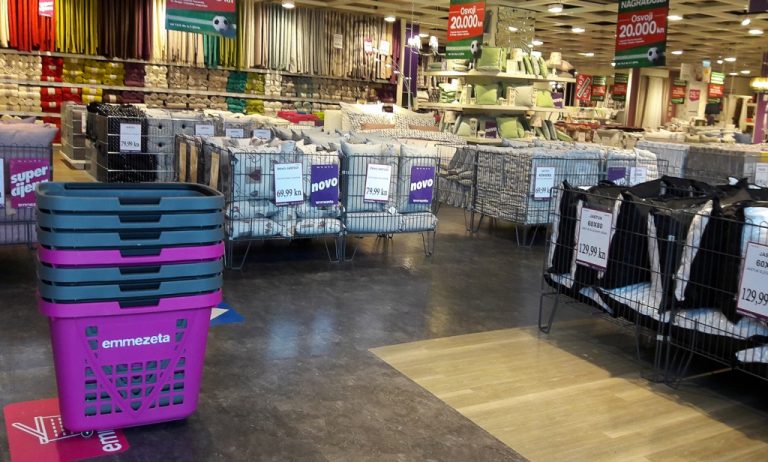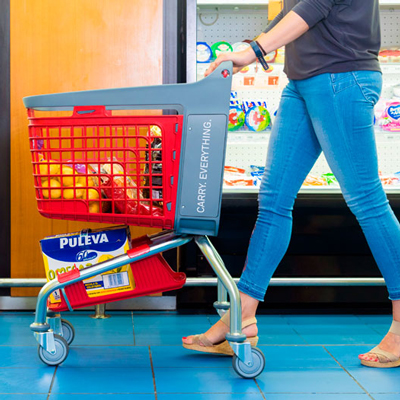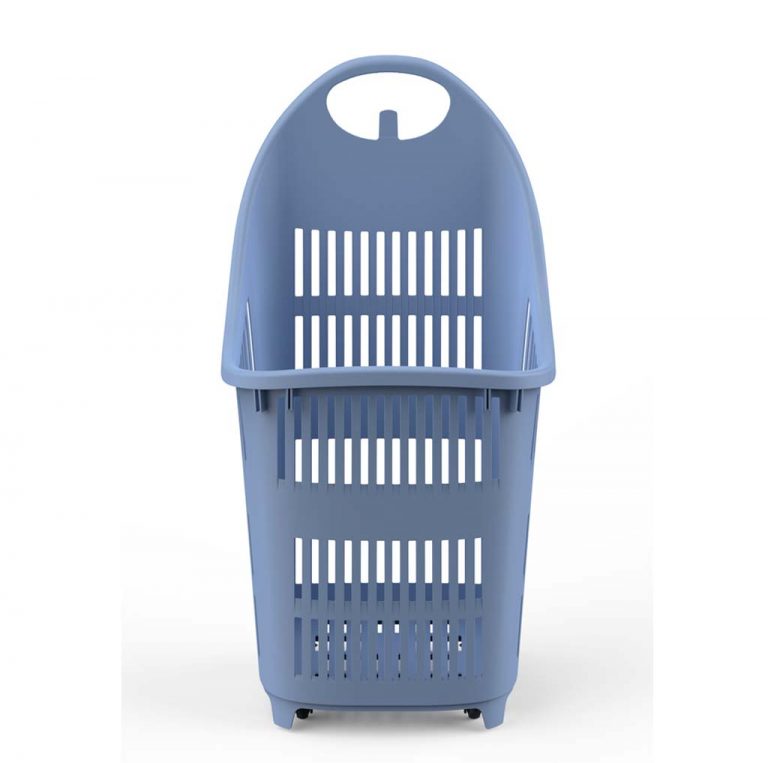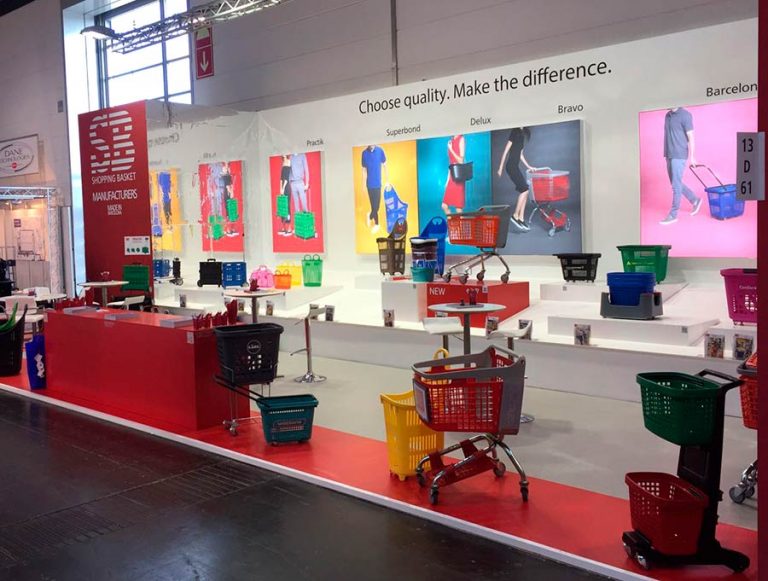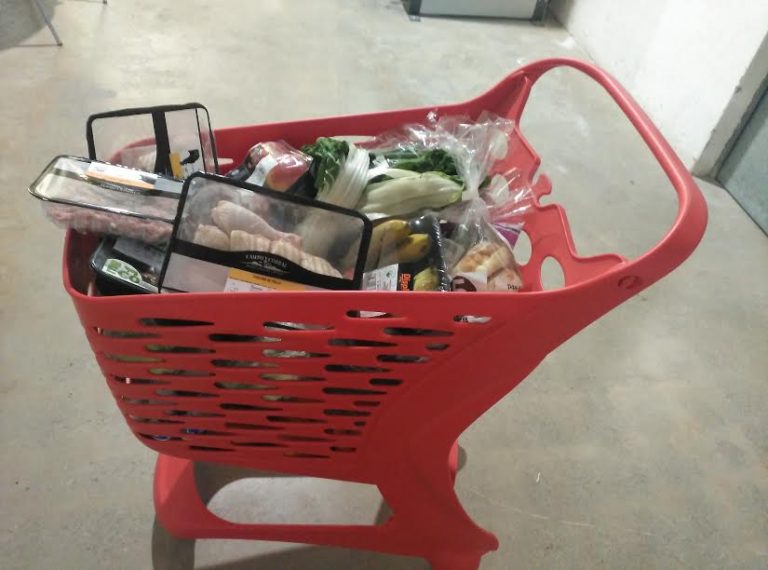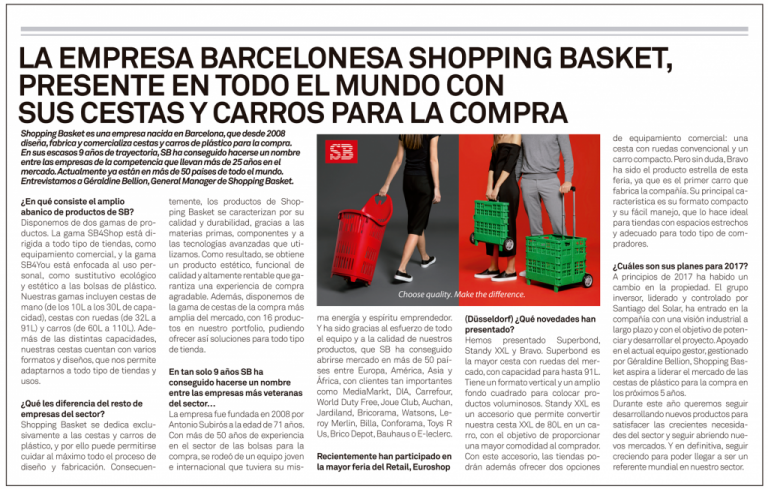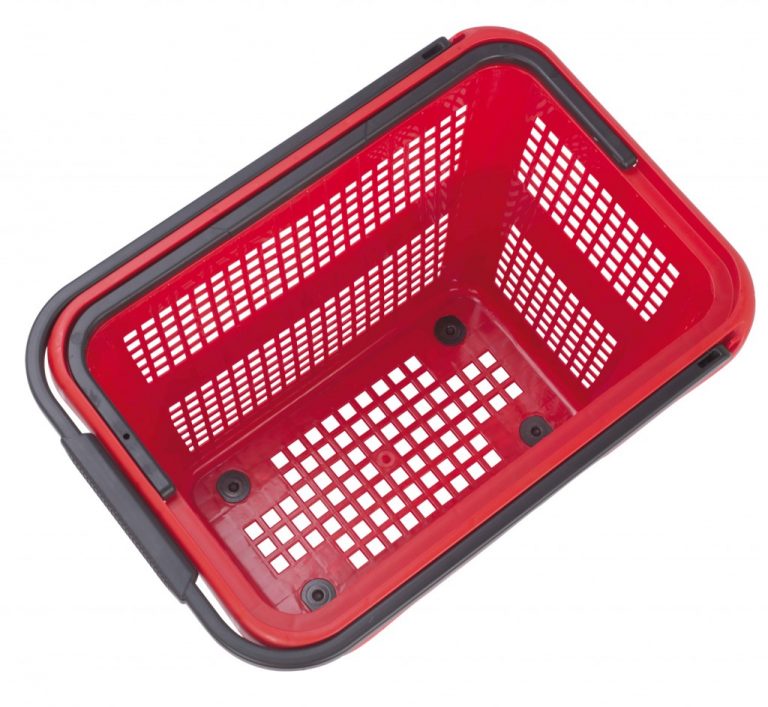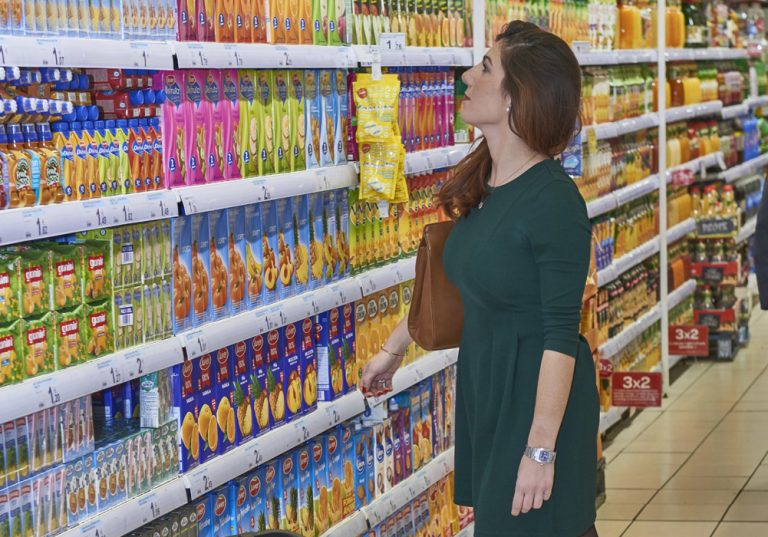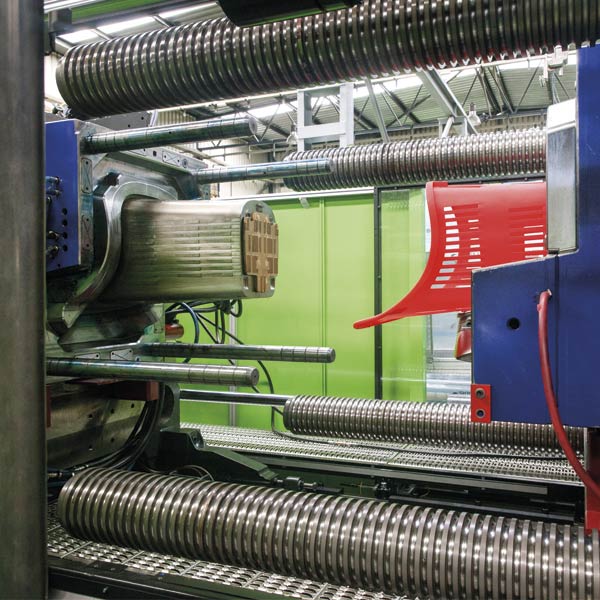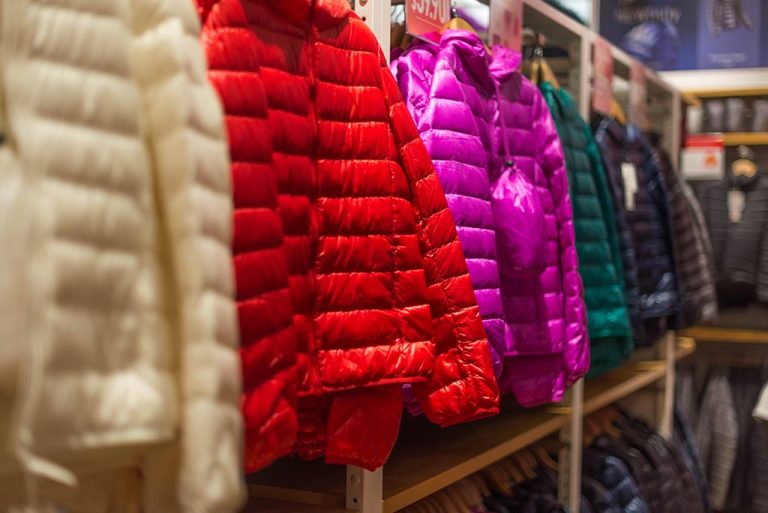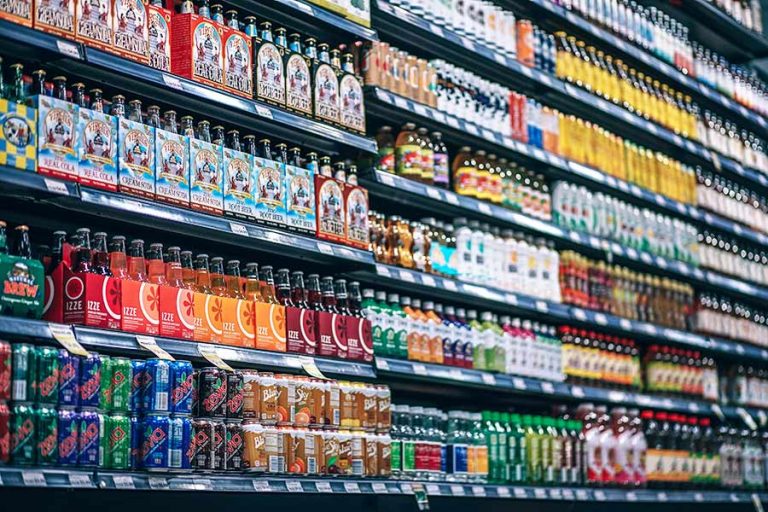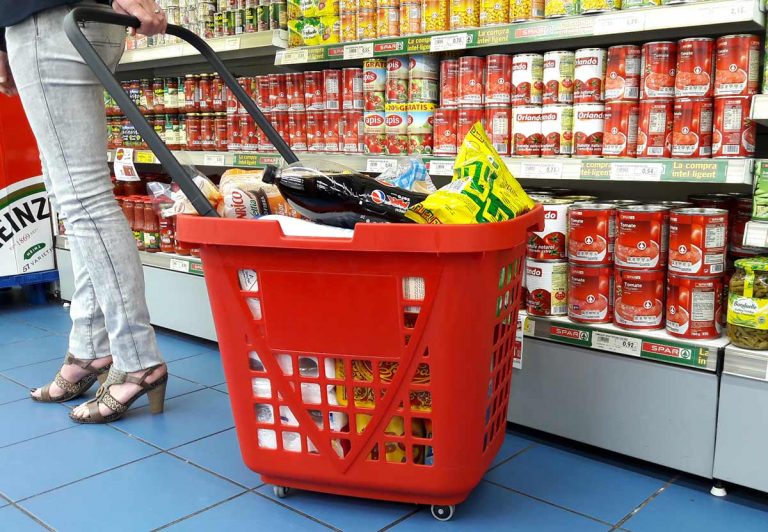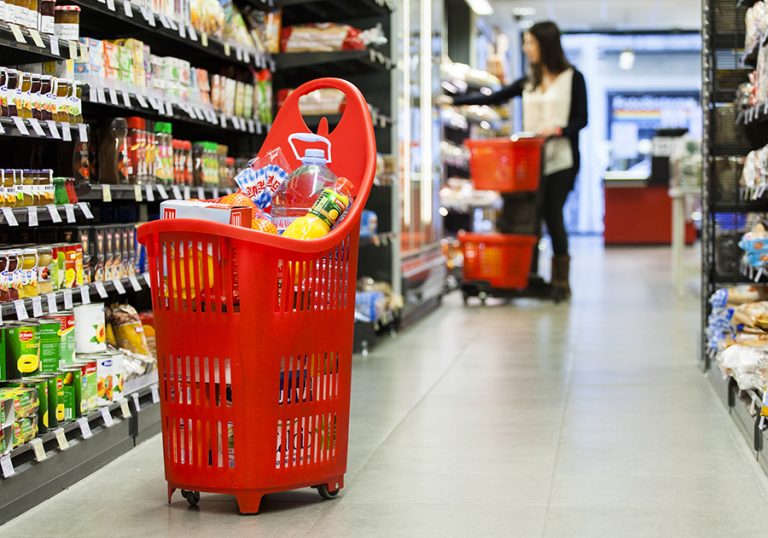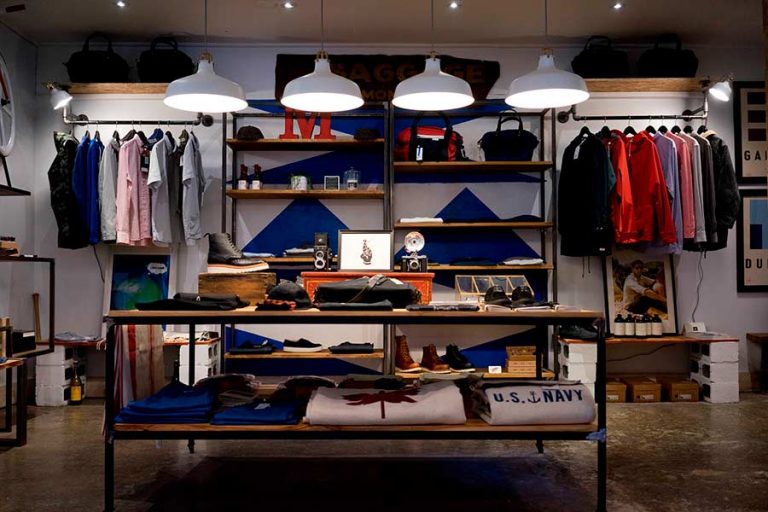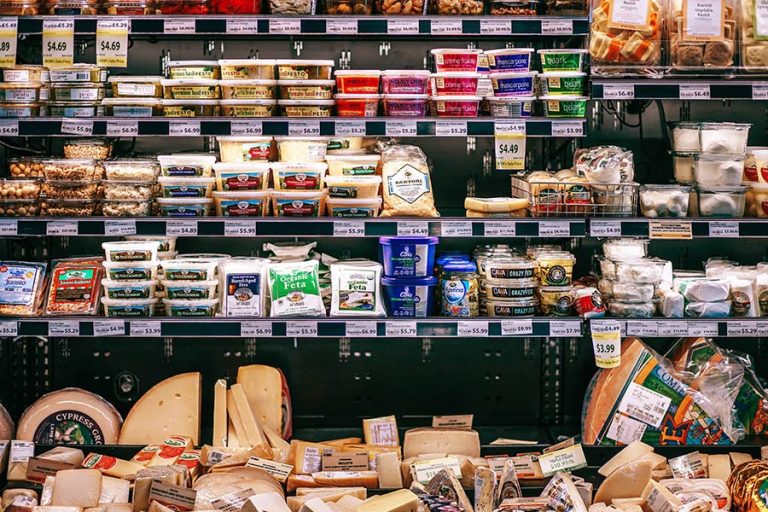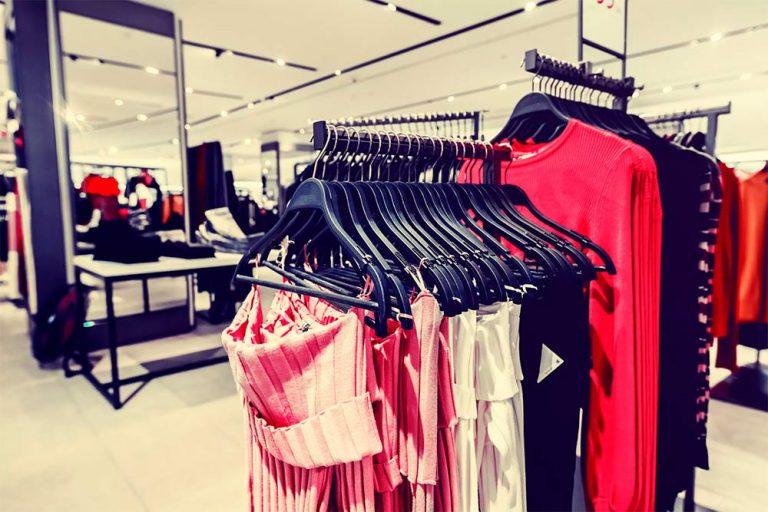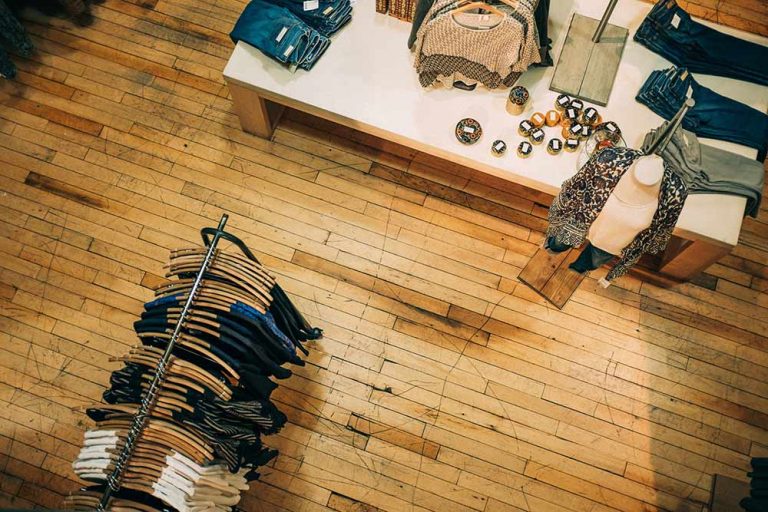Current Situation of Big Data
For years, the possibility of measuring infinite data has turned traditional marketing around. As always said, knowledge is power. The same is happening with Big Data. The collection of all types of user-related data aims to understand their behavior to create fully customized plans and strategies. It offers the possibility of creating micro-segments based on different customer profiles. In this way, personalized services and experiences can be offered massively for each type of micro-segment.
The problem found today is the difficulty for companies to interpret the data. Many companies have no capacity or knowledge of how to do this. In the same way, there are not enough qualified people who can perform these functions. Technology and trained people are usually an expense that not all companies can afford. Besides, trained professionals do not abound either.
Its advantages for retailers are:
- Understand each client more deeply
- Better market penetration
- Being able to identify possible risks
- Competitive advantage
What data does Big Data collect?
Sale transactions
For example, we can know all the products that a person buys. We can also know at what time was what bought. What other products buy people who bought beer, etc.
Loyalty programs
The objective is to gather the maximum possible information about each client to know what needs they have to take specific actions. In this way, clients will feel heard by the brand and their engagement will increase.
Social Big Data
The analysis of the information generated in social networks will allow us to know the behavior of the users, to adapt the communication with them, and to anticipate the trends thus obtaining a competitive advantage.
User behavior in the physical store and online
Thanks to the sensors or wifis offered by establishments, retailers can collect information on how customers interact inside their stores.
A store that records and analyzes this data will be able to know at what time exactly peak sales times, or which items have been more successful, etc., and cross this data with external data such as meteorology.
There are three types of data that Big Data collects
- The first one is EPOS data. This is the data collected in the store when an item is scanned at the cash register. In this way, other data is collected:
- Items sold
- Price of items sold
- Transaction hours, etc.
- The second would be panel data. These will report data such as consumer age, income level, and other demographic data. Normally this data is supplied by statistical agencies such as Nielsen.
- The third is the data collected by the use of both debit/credit cards and loyalty cards. Data is also extracted from the searches and publications that users do on the social networks of the brands. For example, if a great interest in a certain type of diet or product is detected, supermarkets that use big data will increase the stock of the star products of these searches.
Advantages of analyzing Big Data
- Determine behavior patterns, preferences of different micro-segments, etc.
- Provide personalized actions as we know the preferences of each of our clients. For example, we can offer personalized customer service, adapted content, specific actions based on their location, etc.
- Improve constantly. Thanks to analyzing the data in real-time you can react quickly and offer what customers demand.
- Optimize the Buyer Persona. With all the information collected, we will have a clear picture of who and how these Buyer Personas are.
- Optimize investment in Marketing.
Retail Big Data strategies
Planogram of products in store
Organizing the products strategically will allow to increase the customer’s path and therefore the time spent in the store. This will increase the conversion rate and therefore increase revenue.
With the data obtained from Big Data, retailers will know which departments attract more customers. This will help to strategically locate other departments.
Stock optimization
Store items must be classified based on:
- the benefits they generate
- your sales volume
There are two large groups of items:
- Core products: these are the products that customers come into the store to buy.
- Accessory products: these are the products that customers have bought on impulse. They did not plan to buy them before seeing them.
With the information extracted from Big Data, products can be properly placed to maximize their sales.
Sales forecast and inventory management
Depending on the data obtained, you can have an estimate of which products have greater acceptance. From there you can maintain a balance of the stock avoiding having too much stock or breaking it.
Study of customer loyalty
Nowadays, it is much more expensive to get new customers than to keep those that already are. Therefore, we must find out:
- the most loyal customers to the brand
- behavior pattern
- micro-segments based on customer preference and demographic characteristics
All this to offer personalized promotions and strategies. Also to detect the possible lack of interest of their customers. This is how customer retention strategies can be designed.
Pricing study
Thanks to predictive algorithms and the customer’s threshold willingness to pay, we can adapt the pricing strategy. Until now, the price of the items was determined based on their costs as well as the price of similar products from the competition. Now we can also know the best time and channel to offer personalized discounts based on the profile of each client. In the same way, we can know the peak times when demand exceeds supply so that the sale price can be increased.
Marketing Mix Optimization
Product: Knowing the preferences of our customers, we can create customized products that adapt to their needs instead of sticking to the standard product catalog.
Distribution: We can prominently show the products that each client may like best. All thanks to the information collected from users with the same pattern of behavior and tastes.
Price: knowing the preferences of each client we can show the products that best adapt to the average expenditure that is usually made. You can also increase the price if we determine that the user shows a great interest in a specific product or based on external factors such as special dates, weather, etc.
Promotion: we can offer promotions that best suit each client at all times.
Successful stories, the Inditex empire
Zara opened its first store in 1975. Four years later, the brand already had six stores in Galicia. At that time, the clerks called the factory to report sales and customer preferences. Already then, the stores received two deliveries of new merchandise a week to be able to offer what their customers demanded. This fluid communication between stores, designers, and factories has allowed Zara, 40 years later, to become the largest fashion retail empire.
Over the years and the advancement of technology, the method of communication and data collection has evolved. In the 70s it was done by phone, in the 90s by fax, and today thanks to Big Data.
Today, the Inditex group has more than 7000 stores throughout the world. Its work methodology is not manufacturing more than 12000 units of the same garment for all the stores. In this way, only four units arrive at each store and if they sell out, they are not replaced. However, more similar garments are made from the same collection. In only two to three weeks, sketched collections reach the windows of their stores. It is what is known as fast fashion.
Technology implementation
Big Data allows you to know even what sizes and colors are best-sellers in a specific location. It also allows for reducing costs both in time and in personnel to make inventories thanks to the recent RFID technology implemented. This radio frequency technology informs what garments need to be replaced and where the store to find them. In this way, the user experience is improved since you have total control over the store stock and the waiting time is minimal.
Unlike its competitors, Zara develops all its processes and technology and does not outsource these services, unlike its competitors. In the short term, it is more expensive, but they have total control.
As you can see, Big Data offers an infinite number of possibilities to maximize sales by applying personalized offers for each client. There are many retail marketing tactics and strategies to increase sales in your store. It’s all about implementing them and seeing the results.



